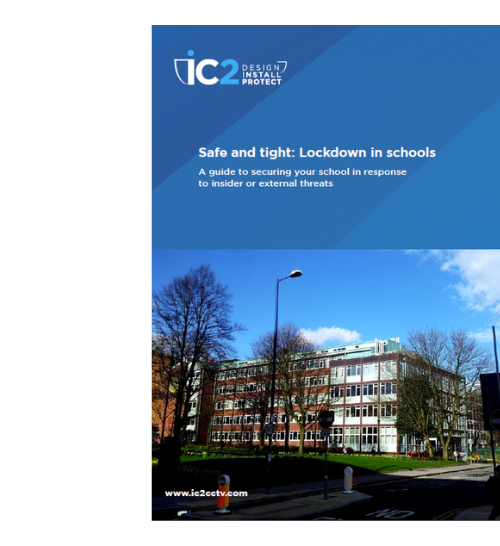Faced with such an active threat potential each school needs to ensure it has clear-cut procedures to lockdown and prevent access or exit from the site, building or a part of the site or building.
The underlying theory behind locking down a site is to prevent people moving into danger areas and preventing or frustrating those attempting to access a site or building.
A typical procedure for achieving an effective full or partial lockdown:
- ● From when a staff member first becomes aware of a threat situation there is a need to distribute information quickly and accurately.
-
- ● The Executive Lockdown Leader (ELL), typically the most senior member of staff on the site should be made fully aware and given all the information relating to the situation, including intruder numbers, weapons, descriptions and so on.
-
- - The ELL initiates the alarm and briefs Lockdown Leaders (LL) in the nominated control room.
- - Notify external agencies such as police and the LA
-
- ● LL secure the site, liaise and co-ordinate through control room; any given threat situation is likely to be dynamic; essentially, the lockdown process might need to be modified on-the-fly.
-
- - Locate missing children
- - In a secure area, staff take a register and co-ordinate through control room
-
● Give all clear once situation is confirmed as resolved
● Debrief, communicate with all stakeholders
● Review for learning outcomes to improve the procedure
To enable the lockdown to be put into action swiftly and effectively, it is essential to prepare by doing the following:
● Promote and educate around the STAY SAFE principles - everyone should become familiar with RUN HIDE TELL
● Put in place systems to communicate to everyone during lockdown
● Make sure signage is well thought out, clearly visible and unambiguous
● Train your staff and include the use of any physical security measures
● Rehearse staff, pupils and students with drills

.webp)
.webp)















